Valve repair allows the surgeon to fix your faulty heart valve, often without the use of artificial parts. The advantages of heart valve repair are:
- lower risk of infection
- decreased need for life-long blood thinner medication
- preserved heart muscle strength
The mitral valve is the most commonly repaired valve, but the aortic and tricuspid valves may also undergo some of these repair techniques.
Common valve repairs include:
Commissurotomy
Fused valve leaflets are separated to widen the valve opening.
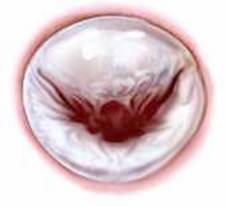
Decalcification
Calcium deposits are cleaned off the valve leaflets, allowing them to be more flexible and close properly.
Quadrangular resection
If a portion of the mitral valve leaflet is flail (floppy), and bows back into the left atrium, a segment may be cut out and the leaflet sewn back together, allowing the valve to close more tightly.
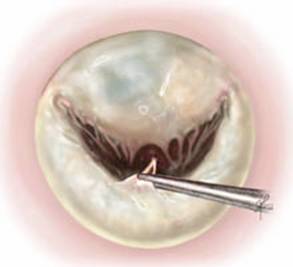
Ruptured chordae to the middle scallop of the posterior leaflet are identified
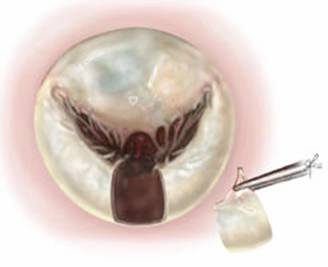
The middle scallop of the posterior leaflet is excised (removed), incorporating all unsupported leaflet.
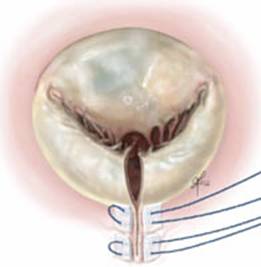
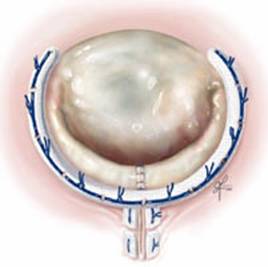
The annulus is plicated with 2 pledgetted sutures. The leaflet edges are re-approximated with 5.0 braided suture and an annuloplasty is placed.
Annulus support
If the valve annulus is too wide, it may be reshaped or tightened by sewing a ring around the annulus (annuloplasty). The ring may be made of tissue or synthetic material.
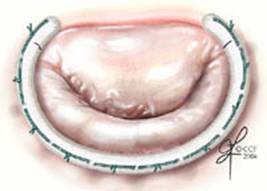
Cosgrove-Edwards Annuloplasty Band
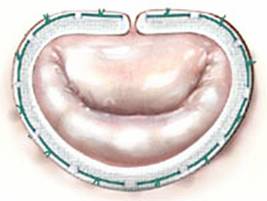
Carpentier-Edwards Annuloplasty Ring
Patched leaflets
The surgeon may patch leaflets with tears or holes with tissue patches.
Annulus support
When you have aortic or pulmonic valve disease, heart surgery most often requires replacement of the valve. In some cases, the aortic valve can be repaired.
Bicuspid aortic valve repair
If you have a bicuspid aortic valve (two leaflets instead of three), the surgeon may be able to repair the valve by reshaping the aortic valve leaflets, allowing the valve to open and close more easily.
Valve replacement surgery
If valve repair is not an option, your surgeon may choose to replace the valve. The native valve is removed and a new valve is sewn to the annulus of your native valve. The new valve can either be mechanical or biological.
